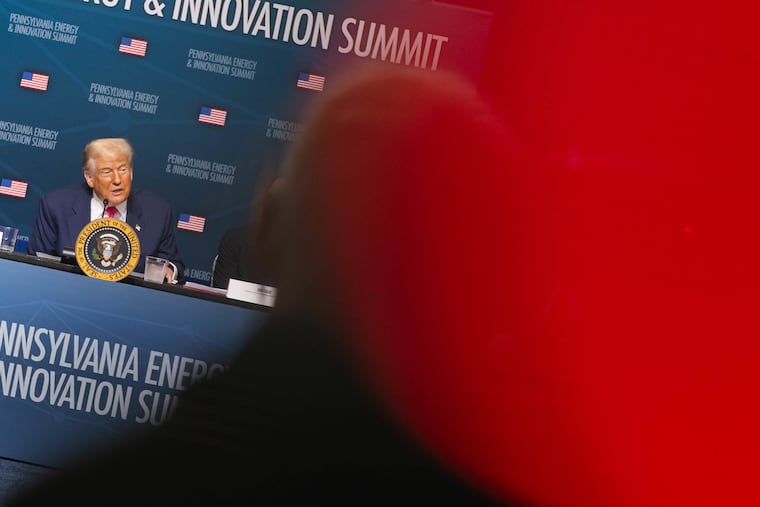Australia's Net-Zero Future: Can Tech Solve the Skills Shortage?
2025-08-13

Create Digital
Australia's ambitious net-zero targets are driving a rapid transformation across industries, but a critical hurdle stands in the way: a severe shortage of skilled engineers and professionals. The demand for expertise in renewable energy, carbon capture, sustainable infrastructure, and green technologies is exploding, while the supply struggles to keep pace. Simply put, Australia needs more people with the right skills, and fast.
This isn't just about a lack of overall engineers; it’s about a specific skills gap related to the technologies and practices required for a net-zero economy. Traditional engineering disciplines need to evolve, and existing workforces must be upskilled to meet the challenges ahead. However, traditional training methods and recruitment strategies are proving inadequate to address the scale and urgency of the problem.
**Enter Technology: A Potential Bridge**
The good news is that technology itself offers a powerful solution. Innovative approaches to recruitment, training, and workforce development are emerging, leveraging digital tools to overcome geographical barriers, accelerate learning, and identify talent more effectively.
**Agile Recruitment: Finding the Right Talent, Faster**
Traditional recruitment processes can be slow and costly. Technology can streamline this by:
- **AI-powered sourcing:** Algorithms can scan online platforms and databases to identify candidates with the specific skills needed, even those who aren't actively seeking a job.
- **Skills-based assessments:** Instead of relying solely on resumes and interviews, online assessments can objectively evaluate a candidate's technical abilities.
- **Virtual recruitment events:** Webinars and online career fairs can reach a wider pool of potential candidates, regardless of location.
**Targeted Upskilling: Empowering the Existing Workforce**
Reskilling and upskilling the current workforce is crucial. Technology enables this through:
- **Online learning platforms:** Massive Open Online Courses (MOOCs), industry-specific training programs, and micro-learning modules provide flexible and accessible learning opportunities.
- **Virtual Reality (VR) and Augmented Reality (AR) training:** These immersive technologies can simulate real-world scenarios, allowing engineers to practice new skills in a safe and controlled environment. Imagine training for wind turbine maintenance using a VR headset!
- **Personalized learning paths:** AI can analyze an individual’s skills and learning style to create a customized training plan.
**Smarter Tech: Optimizing Performance and Efficiency**
Beyond recruitment and training, technology can also improve the efficiency and effectiveness of net-zero projects themselves. Data analytics, machine learning, and the Internet of Things (IoT) can be used to:
- **Optimize energy consumption:** Smart grids and energy management systems can reduce waste and improve efficiency.
- **Predict equipment failures:** Predictive maintenance using IoT sensors can prevent costly downtime and extend the lifespan of assets.
- **Monitor environmental impact:** Sensors and data analytics can track emissions and other environmental indicators, allowing for continuous improvement.
**The Path Forward: Collaboration and Investment**
Bridging the net-zero skills gap requires a collaborative effort. Governments, industry, and educational institutions must work together to invest in technology-driven solutions, develop relevant training programs, and create a culture of lifelong learning. The future of Australia's net-zero transition depends on it. The time to act is now, leveraging technology to unlock the skills needed for a sustainable and prosperous future.






